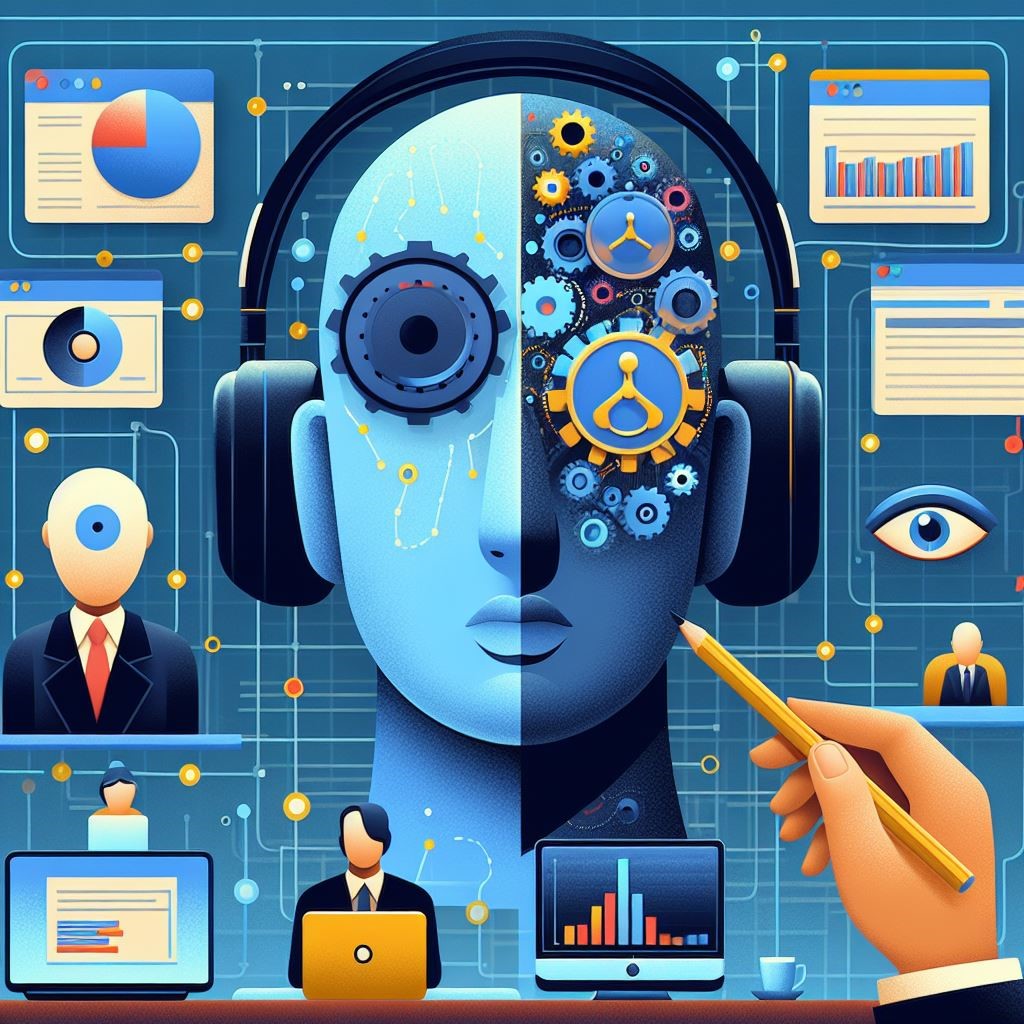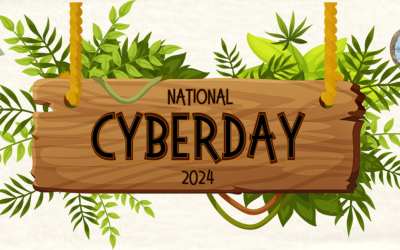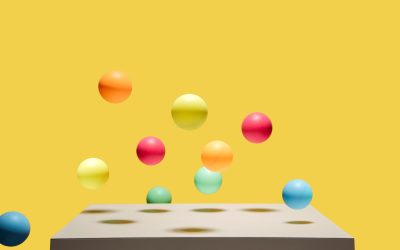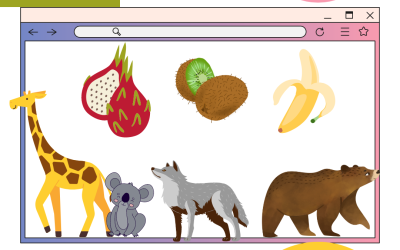Overview
This lesson plan is about understanding AI bias, which is when an AI tool makes a wrong or unfair decision because it learned from data that was not accurate or complete. AI stands for artificial intelligence, which is a technology that can do tasks that normally require human intelligence, such as recognizing faces, understanding speech, or playing games. Data is the information that is given to the AI to help it learn how to do these tasks. Sometimes, the data can have biases, which are unfair or incorrect views or judgments about people, places, or things. For example, the data can be missing some groups of people, or it can have stereotypes or prejudices about them. This can make the AI tool biased, too, and affect how it treats or interacts with people. In this lesson, you will learn how AI bias happens and how it can affect your life. You will also think about ways to reduce AI bias and make AI more fair and reliable.
NB Curricular Connections
Technology 6-8
- Strand: Information Technology Skills – Big Idea: Computational Practice
Technology 9
- Strand: Information Technology Skills – Big Idea: Computational Practice
Computer Science 110
- Strand: Computation Thinking – Big Idea: Decomposition; Pattern Recognition; Abstraction; Algorithms
- Strand: Coding – Big Idea: Planning and Documentation; Software; Data
What You’ll Need
Instructions
- Training data is the information given to an AI to help it learn how to do specific tasks (Slide 5).
- Testing data is the information used to check whether the AI that was created is reliable and accurate (Slide 6).
Ask: Do you notice any mistakes? Why do you think the AI is making these mistakes? (Slide 10)
Show Slide 12 and say: In the training data, apples were the only example of a red fruit. The testing data shows that the AI learned to identify anything red as an apple. In other words, the AI we created has a bias toward thinking that every red fruit is an apple (Slide 12).
Invite students to share out, and then review the suggestions on Slide 14.
Review the descriptors on Slide 17 and continue to add to the list based on any other ideas the students have.
Reflection Activity
Please see the attached PDF for several choices on how you and your learners can reflect upon today’s activity.






